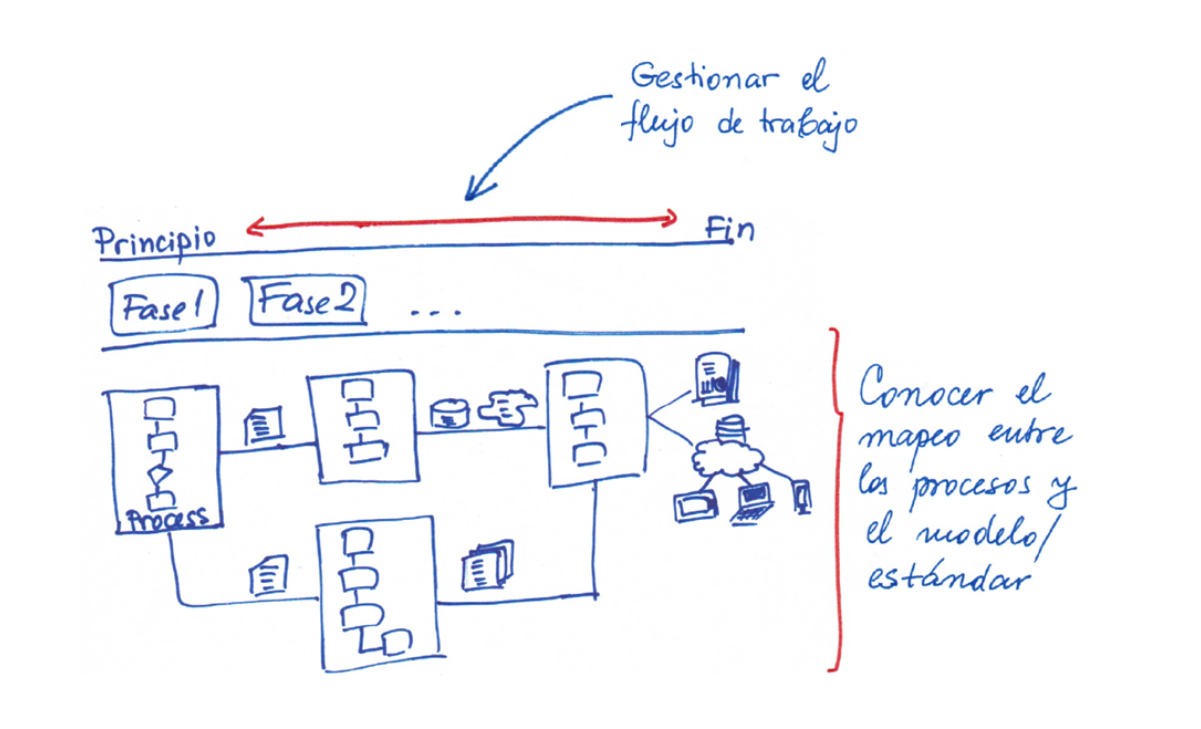
How to Drive Process Improvement with Kanban
On this subject we have the pleasure to talk to Alex Novkov, the content lead of Kanbanize, who is seasoned

On this subject we have the pleasure to talk to Alex Novkov, the content lead of Kanbanize, who is seasoned

What exactly is Kanban? What is the difference between Scrum and Kanban? I see it at project level. Is it

“Our processes are too heavy, too bureaucratic”, “We copy the same information in several systems because it goes to different
By subscribing to Berriprocess Agility's newsletter you agree to receive periodic emails, promotions and the latest news so you don't miss anything. You can unsubscribe any time.